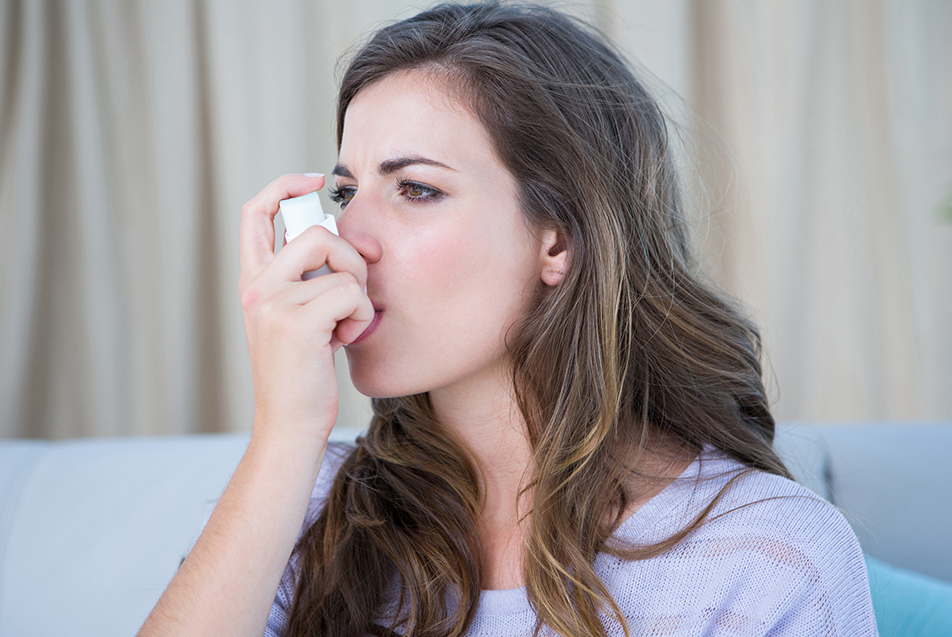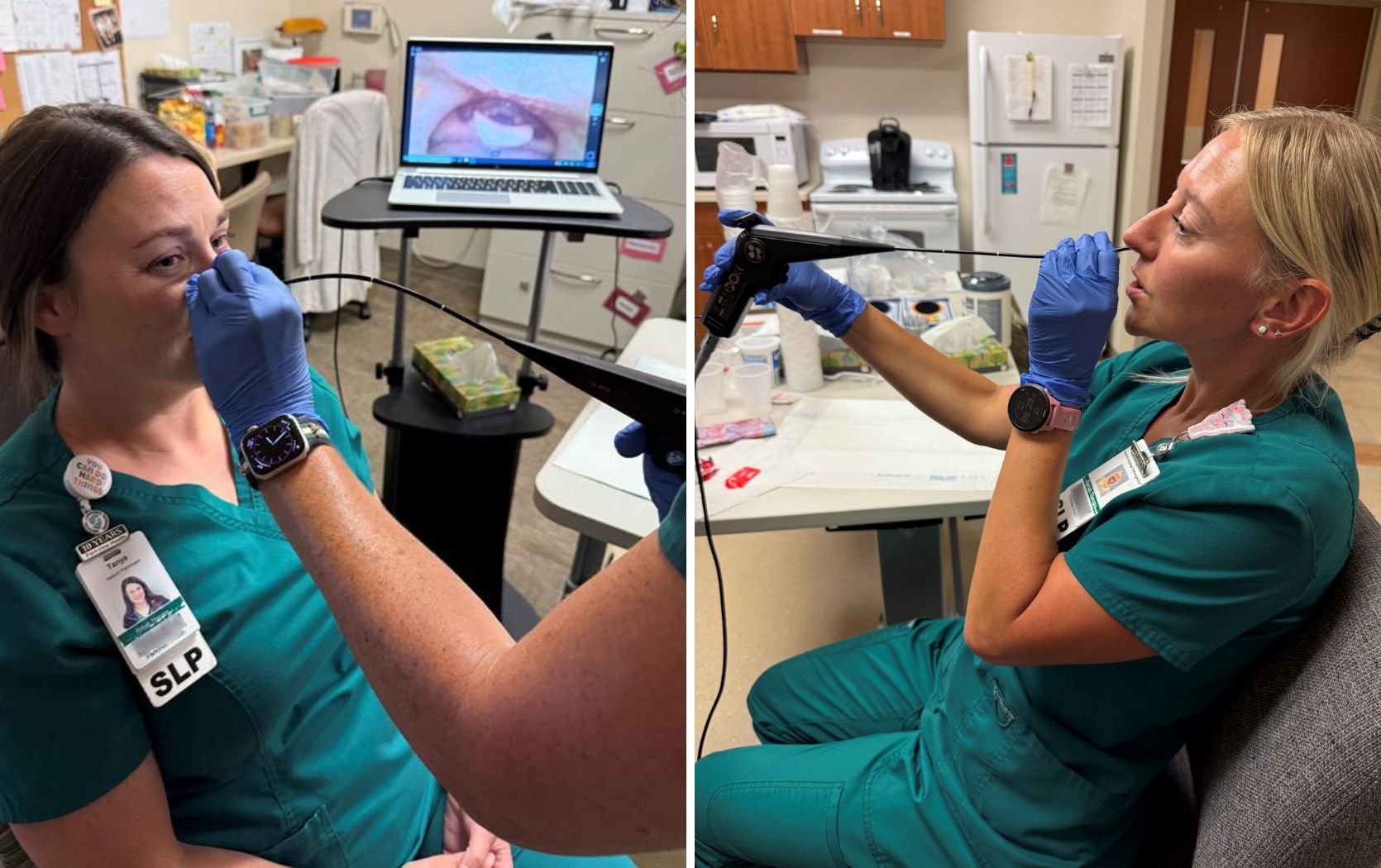
According to the Centers for Disease Control and Prevention, there are nearly 19 million adults in the United States dealing with the effects of asthma. We invited Shivu Kaushik MD, FCCP, PPG – Pulmonology, to share more on how patients can manage this condition.
How common is adult onset asthma?
Asthma is a common chronic respiratory disease, affecting between 1-18 percent of the population in different countries. Adult-onset, or late-onset, asthma is considered any case where asthma symptoms represent for the first time during adulthood. Several definitions of adult-onset asthma can be found in the literature. The age at diagnosis determining the term late-onset asthma varies from 12 years of age to ≥65 years of age. Studies have shown that it mainly affects women, has a low remission rate and is less often associated with allergy and atopic diseases.
What are some of the triggers of asthma in adults?
Asthma is more commonly present in individuals with other atopic diseases, such as atopic dermatitis and allergic rhinitis. A sensitivity to indoor allergens is strongly associated with asthma, although it has not been demonstrated that allergen exposure increases the risk for developing asthma. Sources of indoor allergens include house dust mites, animal proteins (e.g., mouse, cat, and dog allergens), cockroaches and fungi. Other potential triggers for asthma include viral/respiratory infections, active and passive smoking and change in temperature.
What are some reasons asthma might present later in life as opposed to when the patient is a child?
The vast majority of asthma starts in early childhood. About 95 percent of asthma patients have their first episode before the age of 6. In contrast to childhood-onset asthma, less is known about the prevalence and factors associated with adult-onset asthma.
What are the signs/symptoms of asthma?
Symptoms of asthma generally include shortness of breath, wheezing (high-pitched whistling sound, usually upon exhalation) and a cough (often worse at night). Symptoms occur variably over time and in intensity. Symptoms are often triggered by allergens, changes in temperature and even exercise. Although these symptoms can be seen in other respiratory conditions, it’s important to seek a consultation with a physician to establish a diagnosis and rule out other respiratory conditions.
How is asthma treated?
After the diagnosis has been confirmed, a treatment plan can be developed. The treatment of asthma depends on the severity of the disease. Treatment usually involves the use of controller medications, which are generally inhalers containing inhaled steroids with or without long-acting beta agonists. Reliever medications include inhalers containing short-acting beta agonists, such as albuterol. Several add-on therapies, including injectable biologic agents, are available to treat those with severe asthma.
Treatment and monitoring of asthma should be done in consultation with a physician.
Are there any special precautions people should take during warmer months?
Extreme temperatures and humidity can cause bronchoconstriction and increase asthma symptoms during physical activity. Other weather conditions, such as thunderstorms, cause asthma exacerbations in some patients. Simply being aware of these triggers can help patients prepare for different environments and anticipate problems. This also helps them gain a better sense of control over their asthma. Use of a short-acting beta agonist (such as albuterol) prior to exercise or strenuous exertion can prevent worsening asthma. Discuss the possibility of intensifying your asthma treatment during the worse seasons with your physician.
Other special considerations or precautions
Regular follow-up and monitoring of your asthma control with your doctor is important for managing the condition. Identifying and avoiding asthma triggers is essential in preventing and minimizing asthma exacerbations. In some cases, behavior modification is the primary intervention (i.e., avoidance of animal dander or any other potential allergens or cigarette smoke).



